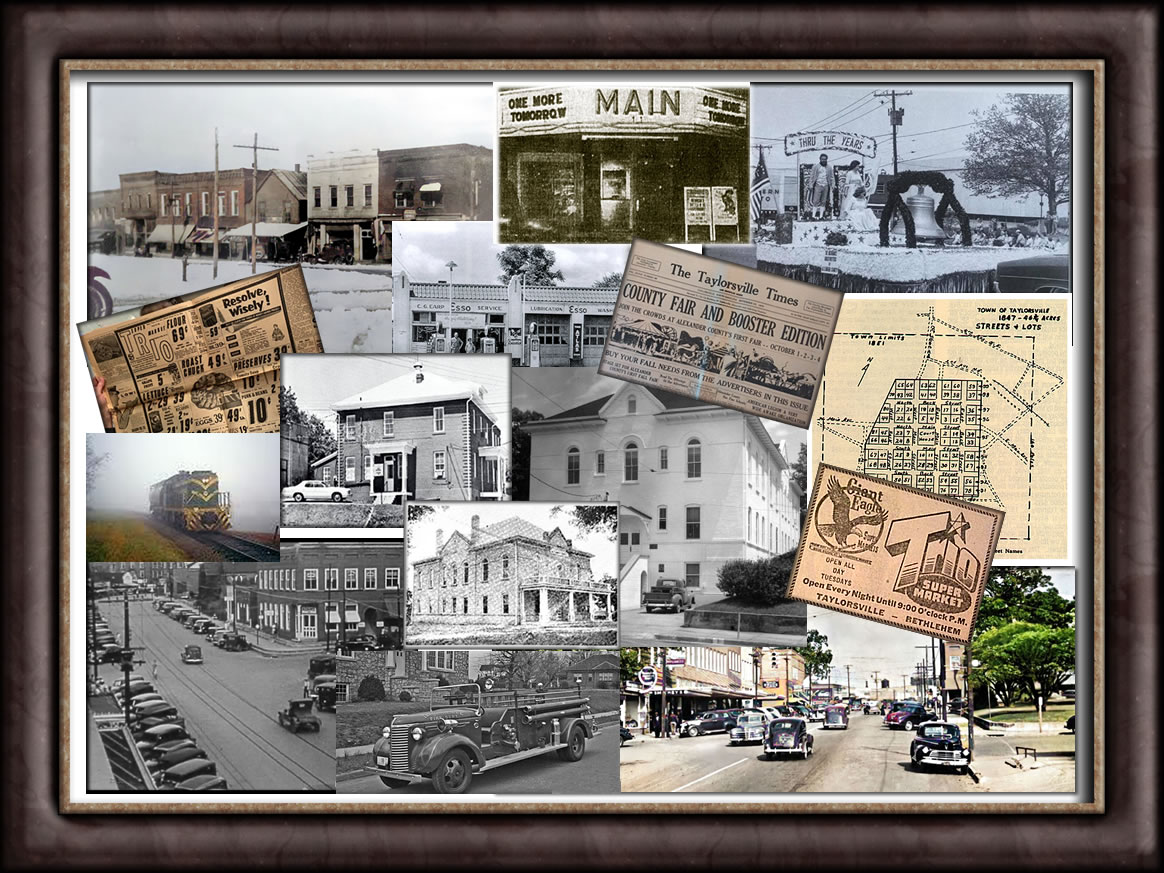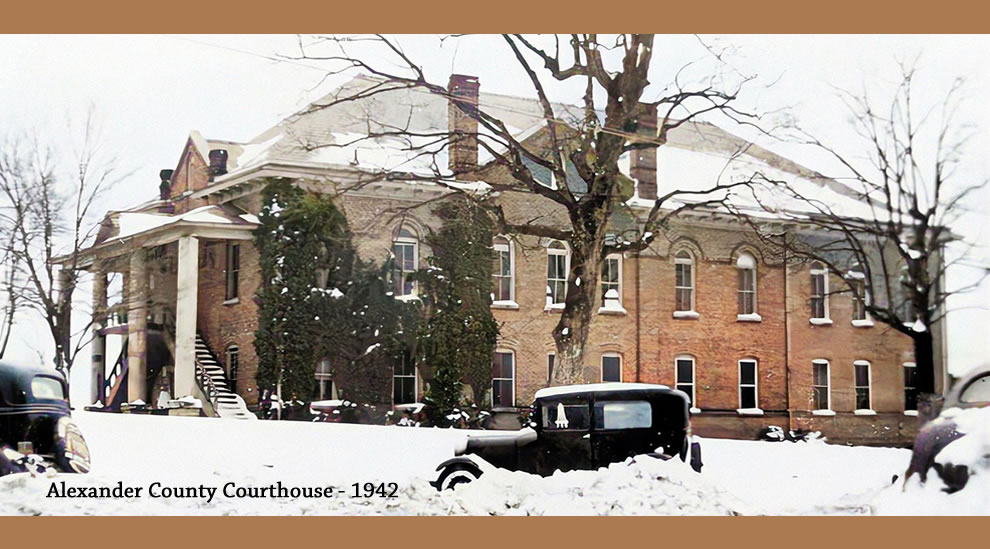

Taylorsville, NC - Founded in 1847
Around the year 1790, settlers moved through the northern piedmont of the Blue Ridge Mountains, onto the rolling foothills now occupied by Alexander County, and crossed into what would become the Town of Taylorsville. At the time, there were no real towns or villages nearby, only land traced with wagon trails and a few scattered meeting places. As a result, the development of Taylorsville literally began from scratch. After the formation of Alexander County in 1847, Taylorsville became incorporated in 1879. The town was named in honor of General Zachary Taylor who, at the time, was engaged in the Mexican-American War and served as the 12th President of the United States. A total of 46.75 acres was donated by James James, William Matheson, and JM Bogle to build the town, which was then divided into lots and sold to fund the building of a courthouse and jail. Commissioners assembled a temporary courthouse which was replaced by a brick one in 1858. The courthouse later burned down in 1967. In 1881, the town was incorporated and John Watts was appointed as the first mayor by the commissioners.
In 1887, an extension of the Atlantic, Tennessee & Ohio rail line was constructed to link Taylorsville with Statesville and Southern Railroad. Due to years of lost profits, the line was suspended from service in 1945. It was quickly purchased by the Alexander Railroad Company and operation resumed in early 1946. The green and yellow local engine, "Junebug", was named shortly after the discovery of the rare Hiddenite stone when State Senator Romulus Linney claimed, "Why, even a june bug could fly away with a fortune on his wings," referring to the wealth of the newly discovered mineral. By the 1950's, poultry, dairying, furniture and textiles became the main support of the town's economy, and by the 1960's, the town had grown to a population of 1,470. Since then, the town has continued to grow and prosper from its home-grown roots and community involvement.

For more interesting information on the history of the Town of Taylorsville, visit the Alexander County Library and the Old Jail Museum.